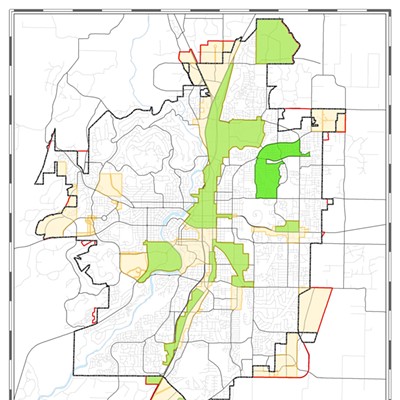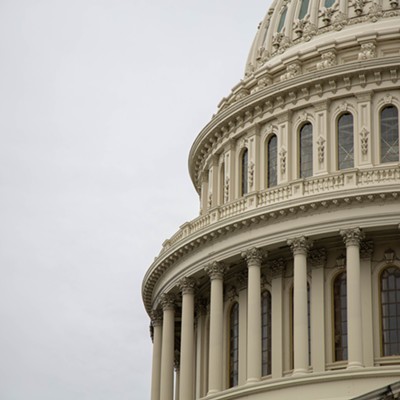EDCO Releases 2016 Central Oregon Profile
Economic Development for Central Oregon (EDCO) released a comprehensive report of the region's economic data. According to the report, the region has led the state's population growth for the last two decades, and Deschutes County is one of the fastest growing areas of the country.
The top employer in the region is St. Charles Medical Center, with 3,057 employees. Sunriver Resort is number two with 936 workers, and Les Schwab, (headquarters and Central Oregon stores) employs 871 people.
Wages in Central Oregon are lower than in California or Washington and also slightly lower than Oregon statewide. For example, an accountant in Washington (on average) earns $35.56, but in the East Cascades, $29.24.
Employment gains from 2014 to 2015 were 6.78 percent in Bend/Deschutes County, compared to 3.29 percent in Portland.
In 2015 the median sales price of a home in Bend was $327,478. In Sisters, it was $330,000 and in Redmond, $223,266. The U.S. median is $222,400. The average sales price in the region is somewhat higher due to more expensive homes on the market: $385,657 in Bend, $376,894 in Sisters, and $244,904 in Redmond.
Enrollment in Bend-La Pine schools reached 17,534 in 2016, up 25.8 percent in 12 years. OSU-Cascades, which is in the first phase of construction of its $111 million campus, is expected to grow to 5,000 students by 2025.
The report includes data for banking, average utility costs for businesses ,and also names the top property taxpayers by county, among other information.
Bend's Urban Growth Boundary
The Bend Urban Growth Steering Committee, which includes the six city councilors, Mayor Jim Clinton a Deschutes County commissioner and two Bend planning commissioners, heard testimony last week regarding Bend's urban growth boundary. The expansion scenario presented was based on a projection of buildable land for a mix of jobs and housing.
On April 21, several property owners requested to be included within the UGB, proposing affordable housing in exchange. The city's continued population growth, resulting in low vacancy rates, has made affordable housing an important issue. The idea that the state may be more likely to approve the Bend urban growth boundary plan with the inclusion of affordable housing was addressed.
Paul Dewey of Central Oregon Land Watch, an organization previously at odds with the UGB plan, said, "We've reconsidered. We support those who have come forward and can't refuse offers for affordable housing."
The need to define affordable housing became apparent. Some landowners offered to develop single family detached houses that would sell for $250,000, whereas others, such as the Baney property, proposed to develop housing for people earning less than 30 percent of the local median income.
There is no clear manner at the moment to enforce affordable housing promises once properties are included within the urban growth boundary. Deed restrictions were mentioned.
Additional public hearings will be announced in the future before the UGB plan heads to the state level for approval.

























